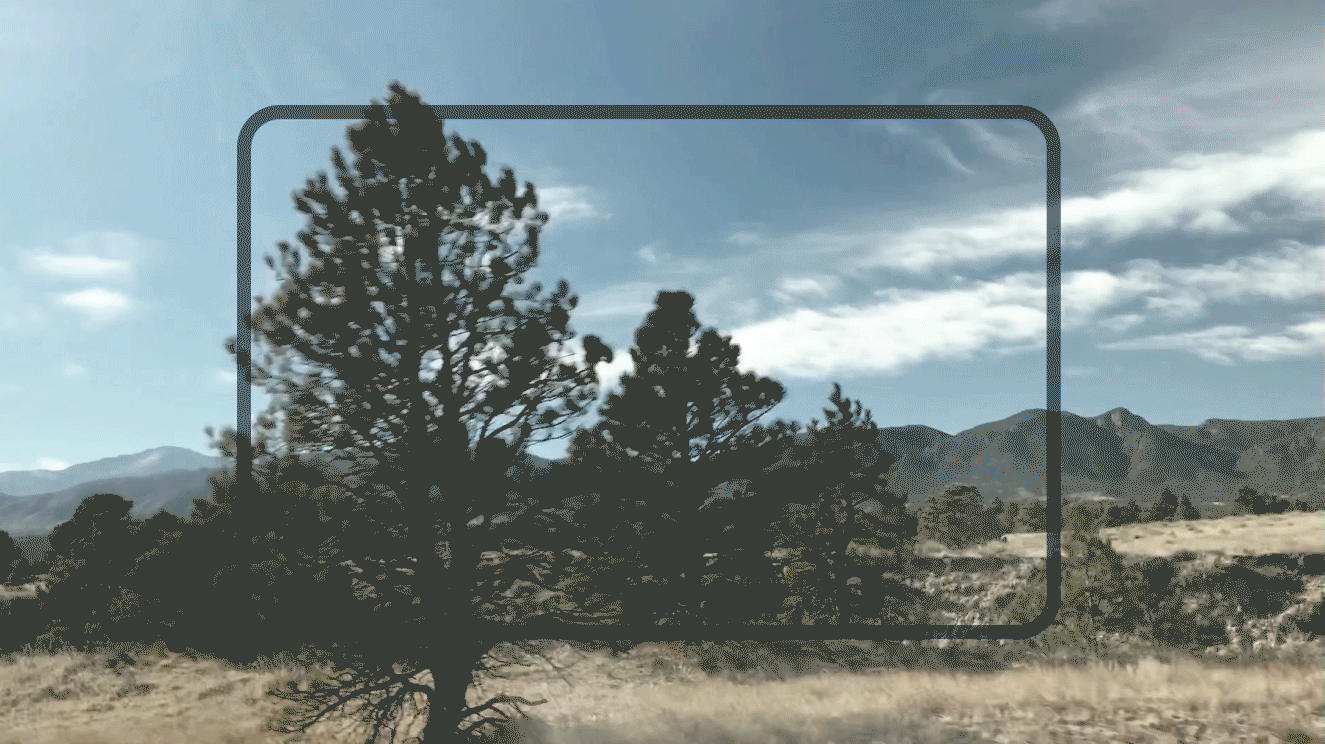For the passenger to enjoy
the landscape from Hyperloop, the view must be modified.
HYPERLOOP WINDOW

At hyperspeed,
landscape features within 20 feet move by so quickly
that we can't see them.
Beyond 200 feet, features move slowly enough to be appreciated.
The landscape between these two distances is painful for the passenger to observe.

A filter in the window
analyzes the landscape
and distills the information
to what’s essential for the passenger’s appreciation,
and unharmful to the eyes.

The filter eliminates the stroboscopic effect
that makes viewing the landscape
at hyperspeed so unpleasant.

Stroboscopic elimination is achieved by simplifying the details of the landscape’s features and creating colorful masses derived from
the landscape’s dominant hues.
The resultant imagery preserves
the essential perceptions of
geography, motion, and time of day.
To indicate the filter's activity,
the window displays a diffraction effect from real to filtered landscape views.

In subsequent phases of Hyperloop’s development where underground bypasses offer no viewable landscapes, the filter links the views from before and after a bypass tunnel by creating a transient artificial landscape that combines elements of both views.

In the final stages of Hyperloop when global routes rarely provide access to natural views, the window/filter offers personalized landscapes featuring abstract imagery controlled by the passenger.








